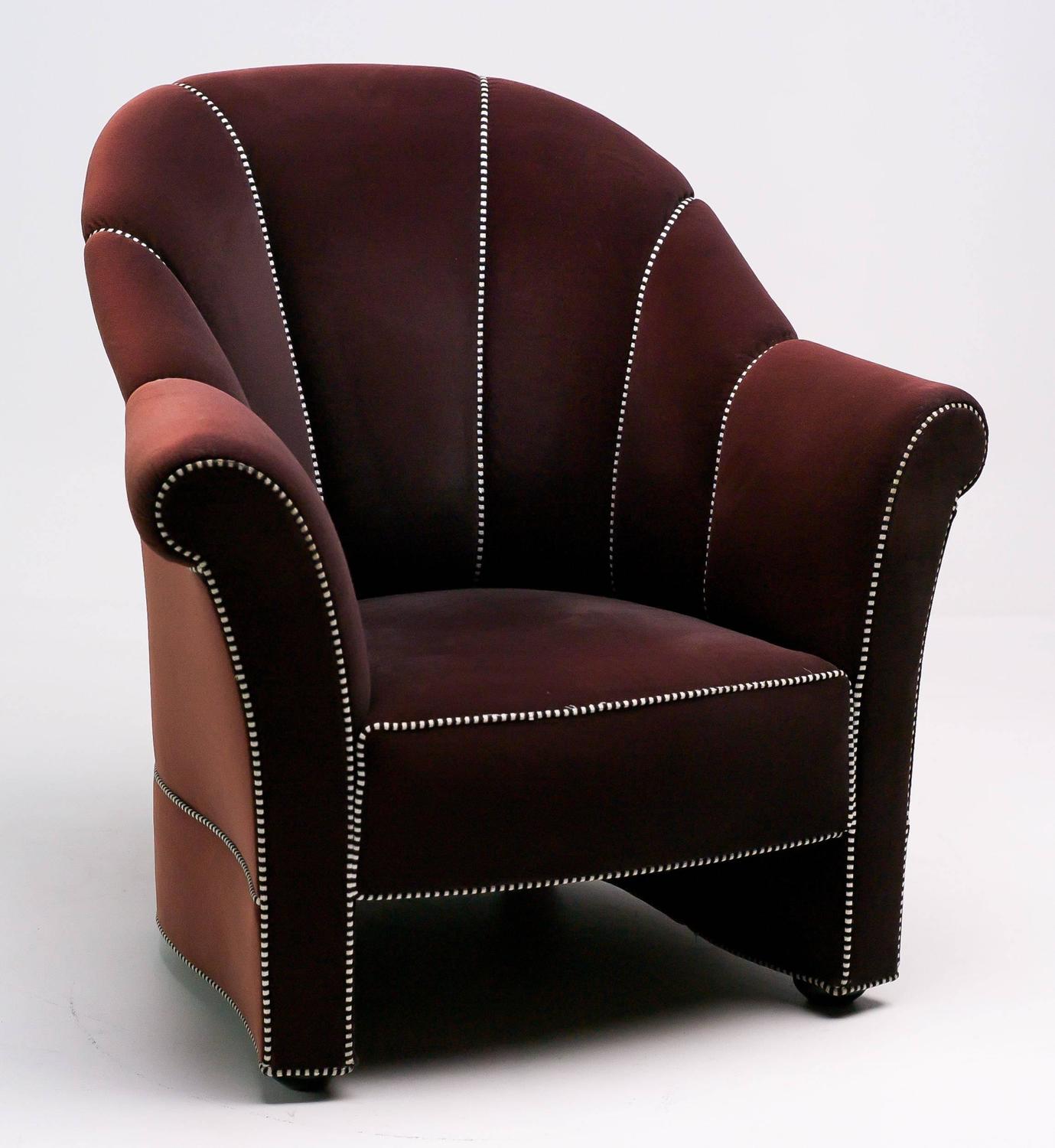

And thirdly: artist-groups were formed almost like political parties, organising themselves and declaring their intentions loudly. Everyone tried to look at himself as an European. Then, as the second principle: the ever-growing interest in the international art trend. If one tries to puzzle together all the complex list of trends in arts of the last century, he ends up with three leading principles:įirstly, the ever declared wish to tear up with all links to tradition and to present himself as completely modern. There he got aquainted with Josef Maria Olbrich. Hoffmann joined the office of Otto Wagner after his return form Italy. After his death Otto Wagner (1841-1918), the most famous architect at the end of the nineteenth century, took the class over. A scholarship connected with the "Prix de Rome" enabled Hoffmann a stay in Italy. His teacher, Carl Freiherr von Hasenauer was then at the peak of his popularity due to his "Ringstraßenbuildings". After his practical year in Würzburg as a student of architecture, Hoffmann studied from 1892 at the Academy of Fine Arts in Vienna built by Theophil Hansen. Many creative minds derived from this region and enriched Vienna's economic life in the empire at the turn of the century.įrom 1887 Hoffmann attended the technical college in Brünn, where he studied the methods of classical architecture. Josef Hoffmann (born 1870 in Pirnitz/Moravia) and Adolf Loos (1870-1933) both came from that same area. In today's Czech Republic, Bohemia and Moravia the results of the industrial revolution were more obvious than in the other parts of the Austro-Hungarian empire. Josef Hoffmann with his creative power and, above all, his feeling for design, played a major part in the shaping of the aestetic perception and aestetic understanding of the 20th century.


 0 kommentar(er)
0 kommentar(er)
